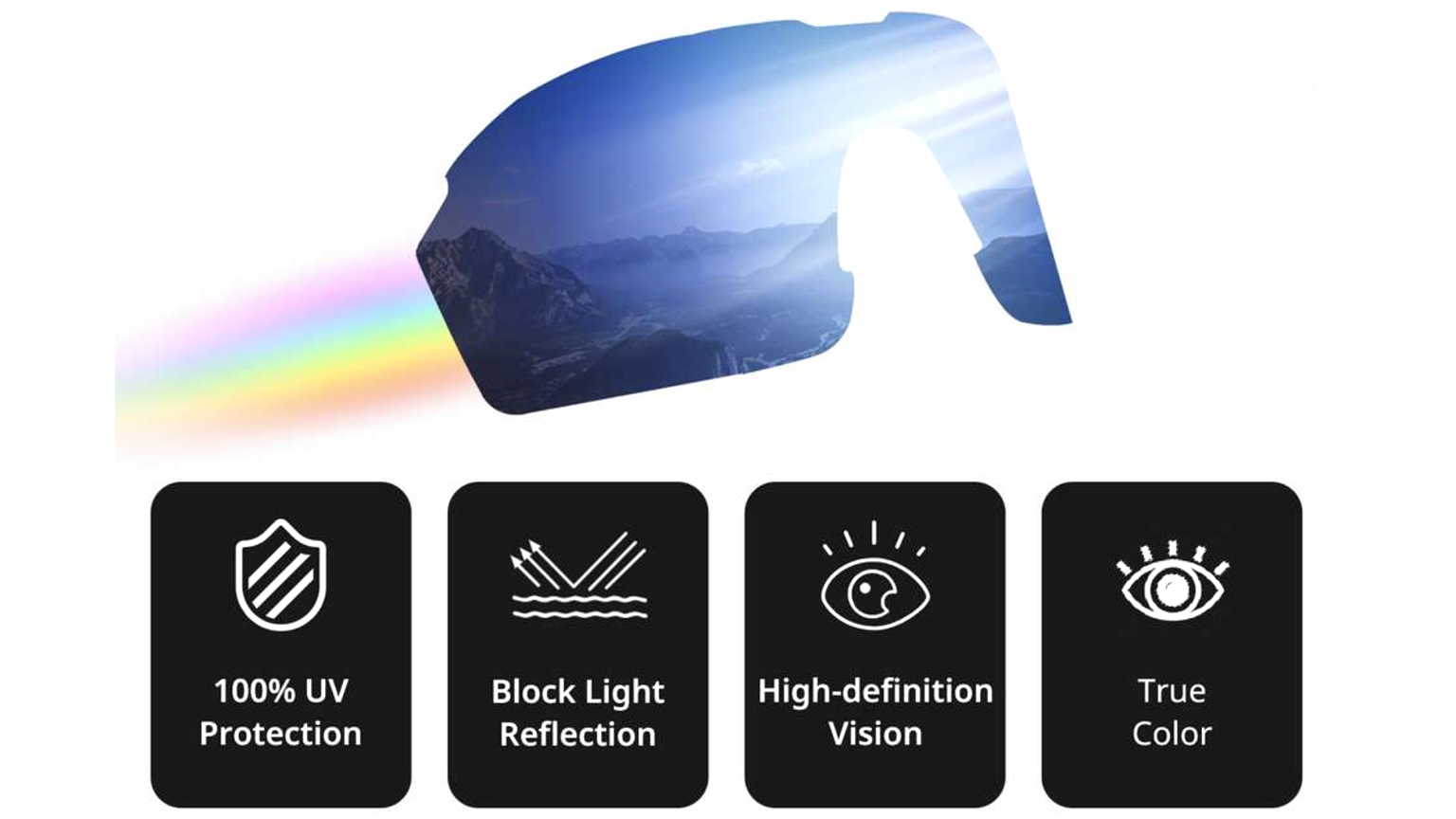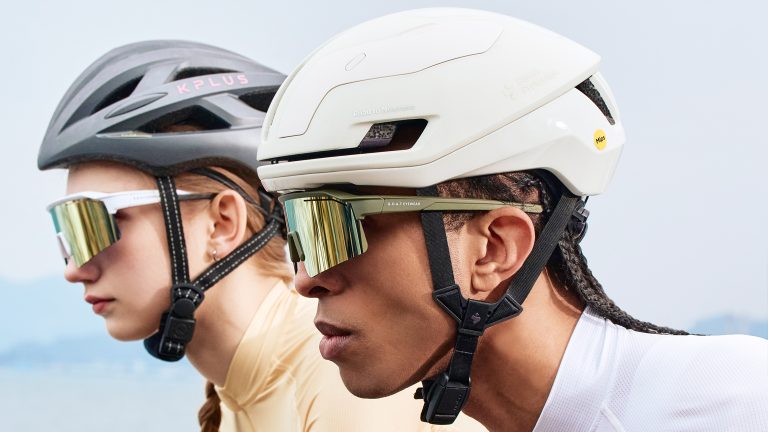Wondering what sets polarized sunglasses apart from regular sunglasses? This comprehensive guide explains the science behind polarized lenses, compares 5 key features, and shows you how to choose the perfect pair for driving, fishing, and outdoor activities!
1. What Are Polarized Sunglasses? Understanding the Technology
Polarized sunglasses are specially designed eyewear that effectively filters horizontal reflected light, reduces glare, and enhances visual clarity. Light waves oscillate in various directions through space—vertically, horizontally, and diagonally. These are called polarized light waves, while sunlight is "unpolarized," containing light waves traveling in multiple directions simultaneously.
When light reflects off surfaces like lakes, wet roads, or metal, it becomes predominantly "horizontally polarized," creating intense, blinding glare. Polarized lenses feature a special filter arrangement that blocks these horizontal light waves, delivering clearer, glare-free vision—making them ideal for driving, fishing, and outdoor sports.
2. Polarized vs. Regular Sunglasses: 5 Key Differences
Polarized lenses not only protect against UV rays but also effectively eliminate glare for superior visual comfort. Here are five major differences:
- Glare Reduction: Effectively minimizes reflections from water, pavement, and glass surfaces.
- UV Protection: Blocks harmful UVA and UVB rays to safeguard your eyes.
- True Color Perception: Maintains natural, undistorted colors.
- Comfort for Extended Wear: Prevents eye strain during long periods of use.
- Versatile Performance: Ideal for driving, fishing, mountain climbing, and outdoor activities.

3. Best Uses for Polarized Sunglasses: Driving & Fishing
1. Driving with Polarized Lenses
Polarized lenses significantly reduce glare from asphalt roads and car windows, allowing you to see road conditions clearly even in intense sunlight, enhancing both safety and driving comfort.
2. Fishing & Water Activities with Polarized Lenses
When fishing, polarized lenses cut through water surface reflections, revealing fish and underwater structures clearly—making them essential gear for anglers and water sports enthusiasts.

4. How to Verify Authentic Polarized Lenses: Simple Testing Methods
Many lenses claim "polarized functionality," but quality varies significantly. Use these quick tests before purchasing:
- LCD Screen Test: View your smartphone or LCD screen through the lenses. Rotate the lenses—if the screen darkens, they're genuinely polarized.
- Quality Check: Premium polarized lenses provide uniform light filtering without rainbow patterns or blurriness.
5. Polarized Sunglasses Selection Guide: Choose by Purpose
- For Driving: Select grey or brown lenses to maintain natural color perception.
- For Fishing/Water Activities: Choose blue or green lenses for enhanced contrast.
- For Daily Wear: Opt for lightweight materials like TR90 or stainless steel frames, balancing comfort with durability.

6. Frequently Asked Questions (FAQ)
Q1: What's the difference between polarized and blue light blocking lenses?
A: Polarized lenses are designed for outdoor use, filtering horizontal reflected light. Blue light blocking lenses target screen emissions and are suited for prolonged indoor use.
Q2: Do all polarized lenses include UV protection?
A: Not necessarily. Always verify that lenses are labeled "UV400" or "100% UV protection" to ensure complete protection.
Conclusion: Understanding Lens Features to Choose Your Perfect Sunglasses
Select sunglasses with UV400 protection and authentic polarized certification from trusted brands to combine fashionable style with visual health. Polarized sunglasses effectively reduce glare and protect your eyes, making them the ideal choice for driving, fishing, and outdoor activities.
While polarized lenses deliver exceptional anti-glare performance, they're not the only excellent option. The true value of sunglasses lies in eye protection and visual comfort—each lens type is designed for specific environments and needs.
The ideal sunglasses are the ones that align with your lifestyle and usage scenarios. As long as you understand lens functions and ensure UV protection, whether polarized, photochromic, or regular sunglasses, your eyes will stay safe and stylish.




